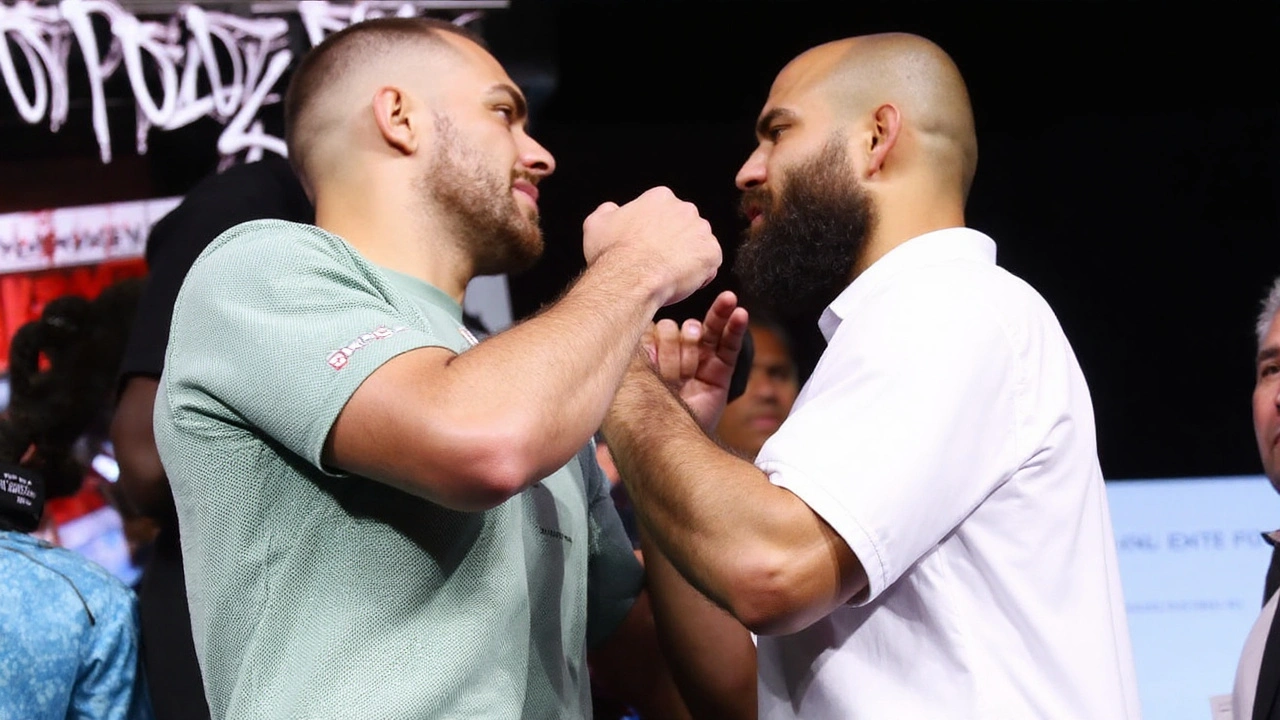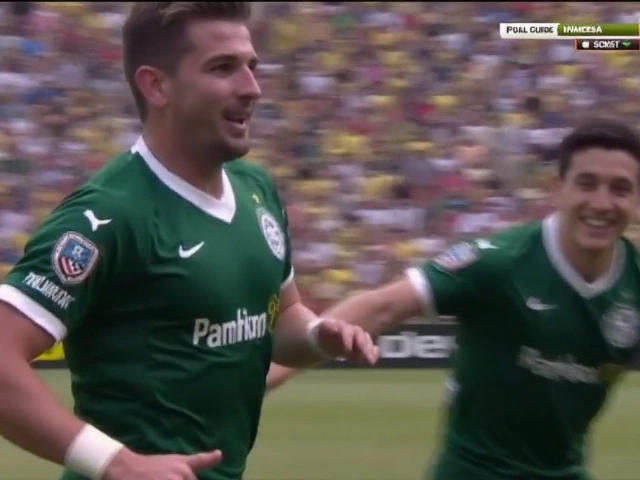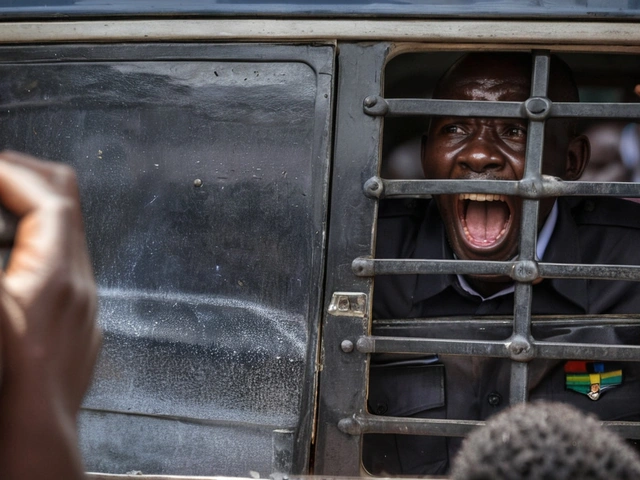Fight Card: How to Read, Watch & Plan for Fight Night
Ever opened a fight card and wondered what actually matters? Fight cards look official and cluttered, but once you know the order and the terms, you’ll spot the real action and avoid missing the main event.
What a fight card actually shows
A fight card lists every bout for an event in order. At the bottom you’ll see prelims, then featured prelims, then the main card, and finally the main event on top. The main event is the headline fight — usually the most important for titles, money, or fame. The co-main event sits right below it and often tells you how serious the night is: two big names here usually means a stacked show.
Each line usually shows fighters’ names, their records (wins-losses-draws), weight class, and whether the fight is for a title. Pay attention to weight class and bout type. A title fight has championship stakes and often extra rounds. Catchweight bouts or non-title fights tell you this isn’t for a belt but could still be explosive.
Practical tips to plan and watch
Check local start times and time zones — undercards can begin hours before the main event. If you’re watching abroad, convert the time so you don’t tune in for an empty ring. Promoters and broadcasters post official schedules; follow them instead of random social posts. Streaming platforms matter: some nights are on DAZN, ESPN+, Peacock, or a promoter’s own service. If you saw a DAZN stream for a club match or Cup game, remember they also carry fight nights at times.
Weigh-ins, press conferences, and ceremonial face-offs happen a day or two before. Those are great previews: look for fighters missing weight, visible injuries, or tense exchanges — those clues often predict how the fight will play out. Medical clearance and last-minute pullouts are common, so keep the promoter’s app or official Twitter handy for updates.
Buying tickets? Use official presales when possible and confirm entry rules (bag size, ID, Covid or health checks). Resale can be fine but stick to trusted platforms and check the seat view. If you’re streaming, test your connection early and have a backup device ready.
Want to get deeper? Track fighter styles and recent form rather than just records. A 20-0 fighter might be inactive or facing weak opponents, while a 15-5 guy on a win streak could be more dangerous. For pro wrestling cards, look at storyline heat and recent results — John Cena’s big moments at WrestleMania are headline examples of how one match can define a card.
Quick checklist before fight night: confirm local start time, save the official streaming link, check for last-minute card changes, download your ticket or screenshot it, and charge your devices. That small prep keeps you from missing the moment the bell rings.
Read the fight card like a map: it tells you where the drama builds and when to be ready. Follow the official sources, watch weigh-ins for hints, and plan your night around the undercards so you catch every big moment.





